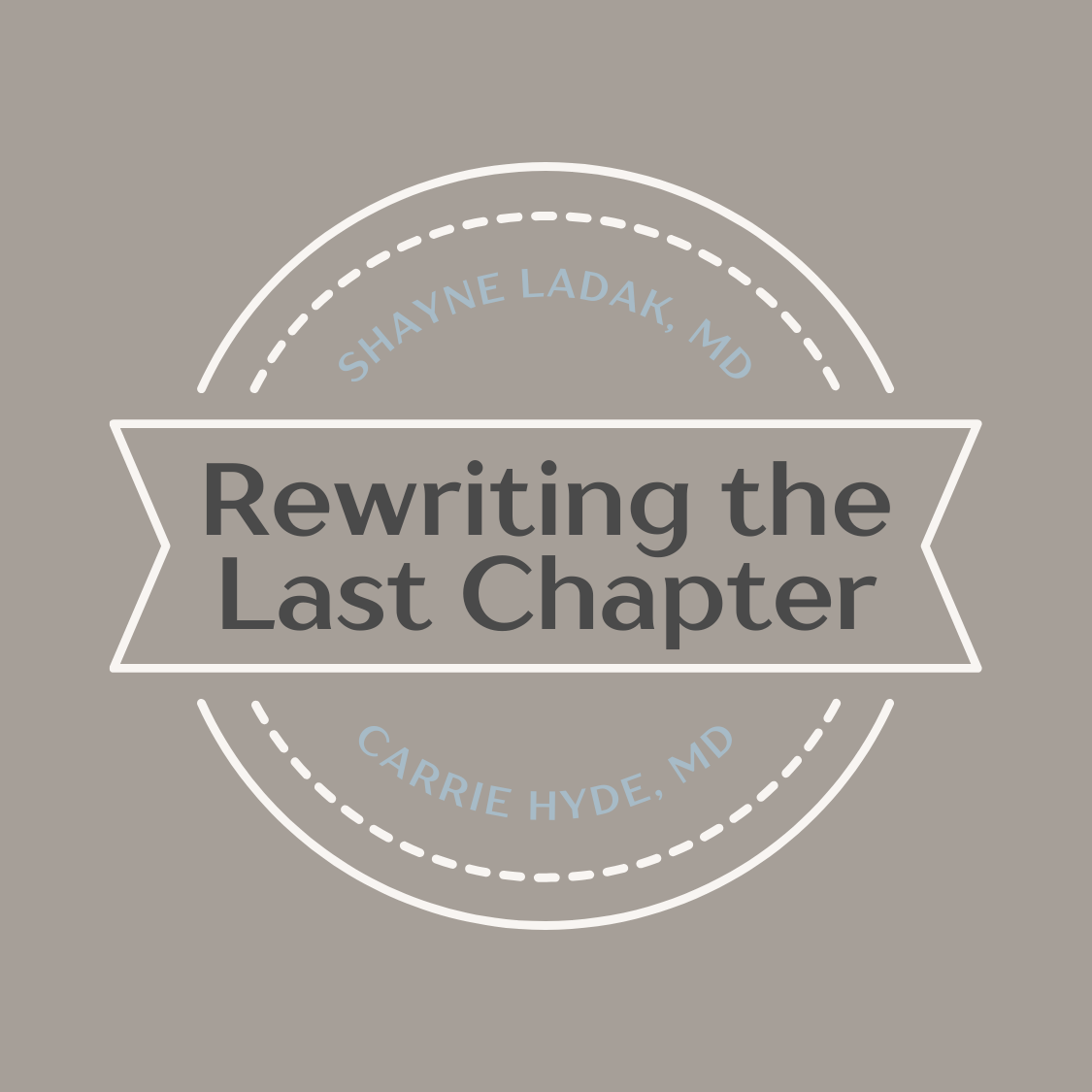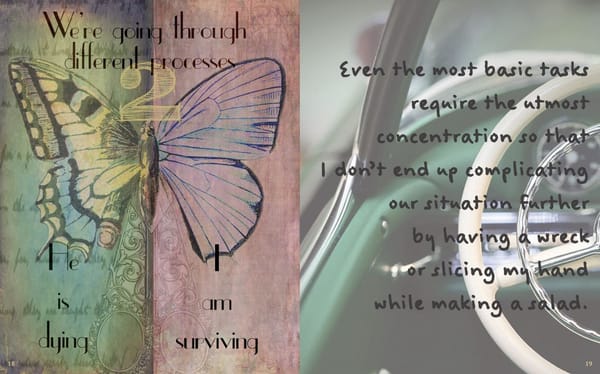Understanding the Widowhood Effect: Mortality Risk After the Death of a Spouse — For Hospice and Palliative Care Professionals

The death of a spouse is universally recognized as one of life’s most devastating losses, often described as an emotional trauma akin to an amputation. For hospice and palliative care professionals, understanding the far-reaching impact of this loss is vital—not only for the grieving individual’s psychological well-being but also for their physical survival. The phenomenon known as the “widowhood effect” is not merely poetic; it is medically and epidemiologically real. Numerous studies have shown that surviving spouses face a significantly increased risk of death—particularly in the weeks and months following their partner's passing.
A Surge in Mortality: What the Evidence Shows
Research consistently demonstrates that the period immediately following spousal loss carries the highest risk. Several large-scale studies have documented a 40% to 70% increase in mortality risk within the first six months of bereavement. While the exact percentage varies depending on the population studied, the trend is consistent across cultures, age groups, and socioeconomic backgrounds.
This early period of risk reflects a complex interplay of grief-related stress, disruption of daily routines, sudden loss of social and emotional support, and neglect of personal health. In clinical practice, this is often when caregivers themselves become patients—or worse, die unexpectedly, sometimes just weeks after their loved one.
Gender Differences and Vulnerability
The widowhood effect is most pronounced among men. Studies suggest that widowers are more likely than widows to die soon after their spouse, particularly from heart disease, suicide, and accidents. This may stem from a relative lack of emotional support, higher rates of social isolation, and lower likelihood of engaging with grief support services. Men also tend to rely more heavily on their spouses for health-related decision-making and self-care, and their sudden loss can lead to catastrophic disorganization of both mental and physical health.
Women, while generally more resilient in the long term, are not immune to these risks. Older women are more likely to experience conditions such as Takotsubo cardiomyopathy, or “broken heart syndrome”—a form of stress-induced cardiomyopathy that mimics a myocardial infarction and may be fatal if unrecognized.
The Biology of Bereavement
Grief is not simply emotional; it is deeply physiological. Studies have found that bereaved individuals often have elevated levels of cortisol, the body’s primary stress hormone. This hormonal surge can lead to immune suppression, rendering them more susceptible to infections and delaying wound healing. Additionally, inflammatory markers such as interleukin-6 and C-reactive protein are often elevated, which may contribute to cardiovascular events or exacerbate chronic illnesses like diabetes or COPD.
Poor sleep, appetite loss, and neglect of chronic medical conditions further compound the risk. Patients may stop taking medications, miss appointments, or fail to monitor blood pressure or glucose levels. In this state of disarray, even minor medical issues can escalate rapidly.
Long-Term Consequences of Loss
Although the acute mortality risk diminishes after the first year, bereaved individuals continue to experience increased rates of morbidity and premature death for years. The effects are especially pronounced among those who are older, have limited financial or social resources, or are living with their own chronic illnesses.
Functional decline is common, with many widowed older adults showing deterioration in mobility, cognition, and the ability to perform activities of daily living. Cognitive decline may be accelerated by bereavement-related depression, particularly in those with underlying neurodegenerative conditions or mild cognitive impairment.
Clinical Implications for Hospice and Palliative Care Providers
Hospice and palliative care teams are uniquely positioned to mitigate the widowhood effect. By engaging with both patients and caregivers early in the disease process, we can help identify those at highest risk and put supports in place well before the death occurs.
Practical Interventions Include:
- Routine caregiver assessments, especially for elderly spouses, to screen for signs of depression, frailty, or chronic disease neglect.
- Anticipatory grief counseling that prepares spouses for the emotional and logistical realities of life after the patient’s death.
- Facilitated connections to community resources—bereavement groups, faith-based support, meal delivery services, and senior centers.
- Post-bereavement follow-up, ideally within 1–2 weeks of the patient’s death, to assess for complicated grief, suicidal ideation, or neglect of self-care.
A Case Vignette
Mrs. G was an 81-year-old woman with a long history of hypertension and early-stage congestive heart failure. Her husband, Mr. G, had been her caregiver for over a decade as she gradually declined due to dementia. When he was diagnosed with pancreatic cancer and enrolled in hospice, the team recognized that Mrs. G—although not the patient—was at high risk. She relied on her husband for medication management, nutrition, and social interaction.
When Mr. G passed away at home, the hospice team immediately coordinated with adult children to ensure someone stayed with Mrs. G. A nurse practitioner evaluated her within a week, confirming a drop in her blood pressure and signs of profound grief. A social worker facilitated her enrollment in a local senior wellness program and connected the family with a geriatric care manager. Thanks to this early attention, Mrs. G avoided hospitalization and eventually enrolled in palliative care herself.
Moving Toward a System of Dual Awareness
In many ways, we treat the patient and the caregiver as separate entities, but their health trajectories are often interdependent. As clinicians, we must expand our lens to recognize the dyadic nature of illness and loss. Addressing caregiver wellness is not an ancillary task—it is a central part of high-quality, compassionate care.
Recognizing and responding to the widowhood effect is a critical skill for any clinician working in hospice or palliative care. It allows us not only to ease suffering at the end of life but also to safeguard the lives of those left behind.
References
Elwert, F. and Christakis, N.A., 2008. The effect of widowhood on mortality by the causes of death of both spouses. American journal of public health, 98(11), pp.2092-2098.
Moon, J.R., Glymour, M.M., Vable, A.M., Liu, S.Y. and Subramanian, S.V., 2014. Short-and long-term associations between widowhood and mortality in the United States: longitudinal analyses. Journal of Public Health, 36(3), pp.382-389.
Stroebe, M., Schut, H. and Stroebe, W., 2007. Health outcomes of bereavement. The lancet, 370(9603), pp.1960-1973.
Jones, M.P., Bartrop, R.W., Forcier, L. and Penny, R., 2010. The long-term impact of bereavement upon spouse health: a 10-year follow-up. Acta Neuropsychiatrica, 22(5), pp.212-217.
Buckley, T., Sunari, D., Marshall, A., Bartrop, R., McKinley, S. and Tofler, G., 2012. Physiological correlates of bereavement and the impact of bereavement interventions. Dialogues in clinical neuroscience, 14(2), pp.129-139.
Carr, D. and Utz, R., 2001. Late-life widowhood in the United States: New directions in research and theory. Ageing International, 27, pp.65-88.





